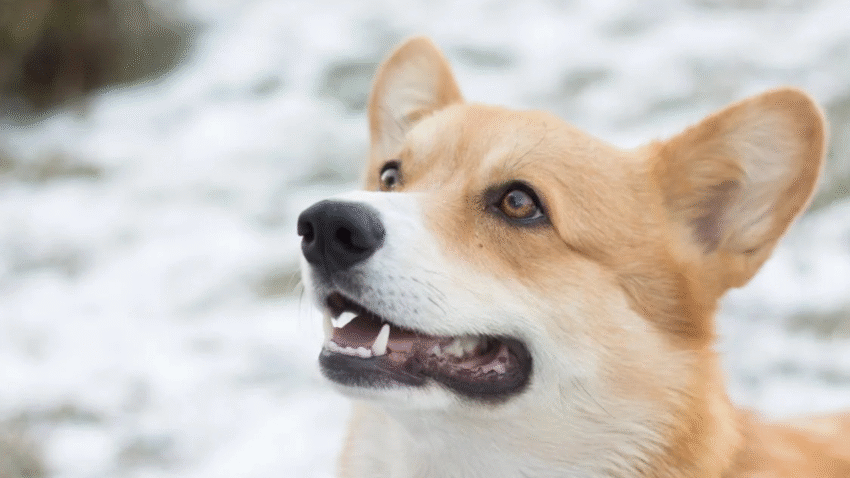Bringing your dog home after surgery can be a stressful experience—especially if you’re unsure how to help them recover. In this step-by-step guide, you’ll learn how to care for your dog after surgery with confidence. From managing pain to preventing infection, these tips will help your pup heal safely and comfortably at home.
Why Post-Surgery Care Matters for Dogs
Proper care after surgery is just as important as the procedure itself. How you manage your dog’s recovery affects:
- Healing time and success
- Risk of infection or complications
- Pain levels and stress
- Return to normal activity
- Long-term health outcomes
By following a post-surgical plan, you’ll reduce setbacks and give your dog the best chance at a full recovery.
Step-by-Step Guide to Caring for Your Dog After Surgery
Step 1: Create a Quiet, Comfortable Recovery Area
After surgery, your dog needs a peaceful place to rest without distractions or too much movement.
- Choose a quiet room away from other pets and children.
- Use soft bedding, but avoid blankets that shed fibers.
- Keep the temperature consistent and comfortable.
- Use baby gates or crates if needed to restrict movement.
This is especially important after spay/neuter, orthopedic, or abdominal surgeries.
Step 2: Follow All Vet Instructions Carefully
Before leaving the clinic, ask your vet:
- What medications to give and when
- When and how to clean or check the incision
- Signs of complications to watch for
- When to return for follow-up appointments
- Restrictions on food, water, or activity
Stick to the discharge instructions exactly. Don’t skip medications or resume exercise too early.
Step 3: Monitor the Incision Site
Check the surgical wound 1–2 times daily for signs of infection or irritation:
- Mild swelling or redness is normal
- Watch for discharge, bleeding, or a foul smell
- Look for loose stitches or open wounds
- Prevent licking or chewing
If anything looks unusual, call your vet immediately.
Step 4: Prevent Licking or Scratching
Dogs often try to lick or chew at stitches, which can cause infection or reopen the wound.
Use one of the following to prevent this:
- Elizabethan collar (cone)
- Inflatable recovery collar
- Soft fabric cone or surgical recovery suit
Keep the barrier on until your vet confirms the wound is fully healed.
Step 5: Give All Medications as Prescribed
Even if your dog seems fine, finish the full course of medications, especially antibiotics or painkillers.
- Use a pill pocket or wrap tablets in soft food
- Use a calendar or reminder app to track doses
- Call your vet if you miss a dose or notice side effects
Never give human medications unless your vet specifically prescribes them.
Step 6: Limit Physical Activity
Even energetic dogs must rest during recovery. Too much movement can reopen wounds or damage internal healing.
- Keep your dog leashed during bathroom breaks
- No running, jumping, stairs, or rough play
- Confine them to one room or a crate if necessary
- Use ramps or carry your dog if needed
Your vet will let you know when it’s safe to return to normal activity.
Step 7: Maintain a Normal Feeding Schedule (If Approved)
Some dogs lose their appetite for the first day or two after surgery. Follow your vet’s instructions on feeding:
- Offer small, bland meals like boiled chicken and rice if recommended
- Keep water available at all times
- Monitor for vomiting, diarrhea, or refusal to eat for more than 24 hours
If your dog had dental or mouth surgery, you may need to serve softened food.
Common Mistakes to Avoid
1. Letting the Dog Be Too Active Too Soon
Dogs often act normal before they’re fully healed. Stick to the rest period your vet prescribes—even if your dog seems ready to play.
2. Ignoring the Incision Site
Don’t assume the wound is fine without checking. Many infections can be caught early with simple daily inspections.
3. Skipping Medications
Stopping pain meds or antibiotics early may cause pain flare-ups or allow infections to return.
4. Not Asking Questions
If you’re unsure about anything, call your vet. There’s no such thing as a silly question when it comes to your dog’s recovery.
5. Leaving the Cone Off Too Soon
It’s tempting to ditch the cone early, but a few licks at the wrong time can undo days of healing.
Extra Tips & Recommendations
Try Calming Aids If Needed
If your dog is anxious during recovery, speak to your vet about safe calming solutions like:
- Dog-appeasing pheromone sprays or collars
- CBD oil or calming chews (vet-approved)
- Soothing music or white noise
Keep a Recovery Journal
Track medications, meals, bathroom habits, and wound observations. This helps spot any changes quickly and makes follow-ups easier.
Reward Good Behavior
Use gentle praise, treats, or puzzle toys to keep your dog occupied and reinforce calm behavior during recovery.
Conclusion
Caring for your dog after surgery doesn’t have to be overwhelming. With a little planning, attention, and lots of love, you can help your pup heal faster and more comfortably. Always follow your vet’s advice, monitor for complications, and give your dog the rest they need to bounce back strong.
🐶 Bookmark us for more trusted guides on keeping your dog healthy, safe, and happy at every stage of life!
